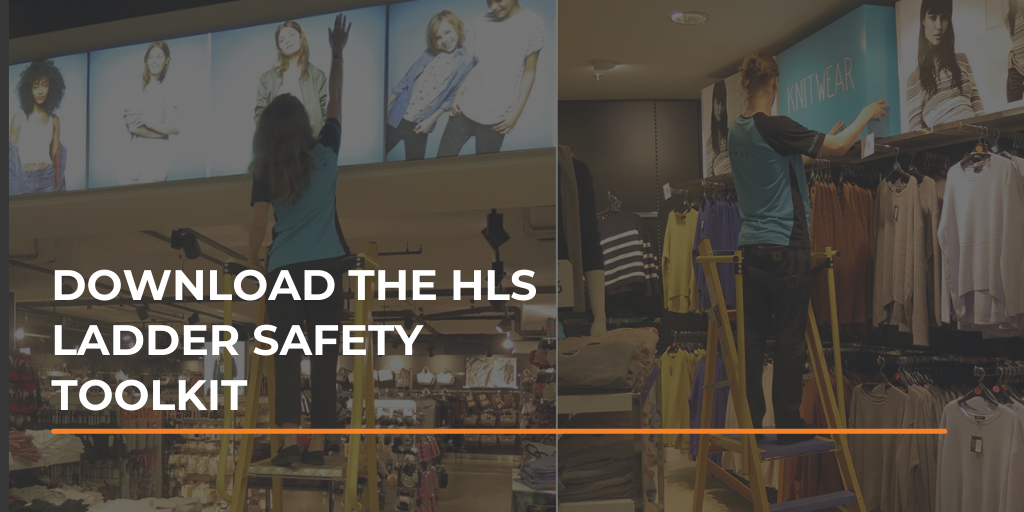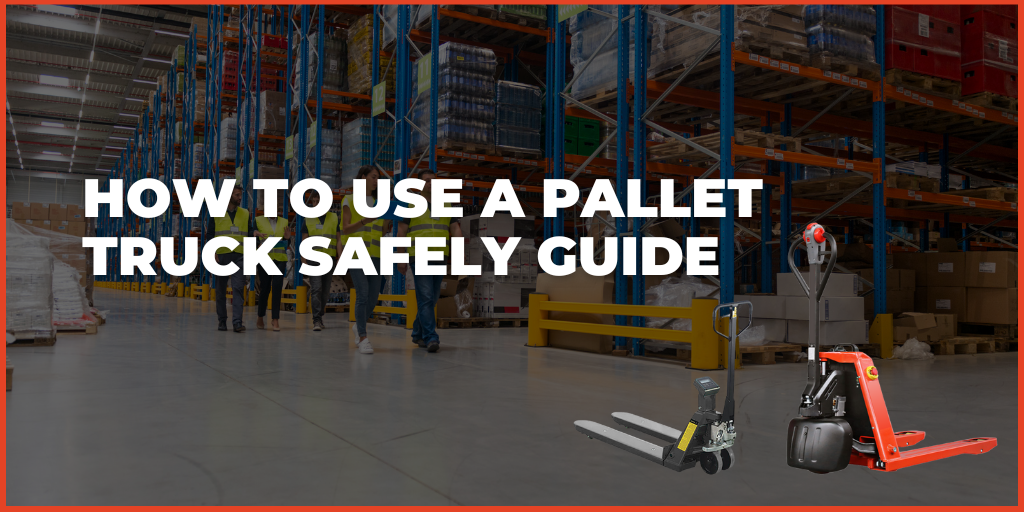The key to safe working at height is planning.
Employers need to make sure that any ladder or stepladder is both suitable for the work task and in a safe condition before use.
Before using a step ladder, you need to ensure that it is suitable and safe to use. If it isn’t and you decide to use it anyway, there could be some serious consequences in relation to your health and safety. To avoid any unwanted problems below is a step ladder inspection checklist that you can follow to ensure that your step ladder is safe to use. Please read each step carefully and fill in the relevant information where needed.
Step ladders should be checked briefly before every use and formally inspected every 6 months (if used once a week or more) or 12 months (if used less than once a week) using this checklist.
As a guide, only use ladders or stepladders that:
- have no visible defects. They should have a pre-use check each working day;
- have an up-to-date record of the detailed visual inspections carried out regularly by a competent person. These should be done in accordance with the manufacturer’s instructions. Ladders that are part of a scaffold system still have to be inspected every seven days as part of the scaffold inspection requirements;
- are suitable for the intended use, ie are strong and robust enough for the job;
- have been maintained and stored in accordance with the manufacturer’s instructions.
There are two methods for inspecting ladders:
Detailed visual inspections – these should be carried out regularly by a competent person. These inspections will be outlined in the manufacturer’s instruction manual.
Pre-use checks – these should be carried out by the user, at the beginning of the working day/before starting a task, and repeated every time something changes – like the ladder being dropped or moved to a different area.
The checklist below is for a pre-use checklist.
Steps and ladders pre-use check should include:
- the stiles – make sure they are not bent or damaged, as the ladder could buckle or collapse;
- the feet – if they are missing, worn or damaged the ladder could slip. Also check the ladder feet when moving from soft/dirty ground (eg dug soil, loose sand/stone, a dirty workshop) to a smooth, solid surface (eg paving slabs), to make sure the actual feet and not the dirt (eg soil, chippings or embedded stones) are making contact with the ground;
- the rungs – if they are bent, worn, missing or loose, the ladder could fail;
- the locking mechanism – does the mechanism work properly? Are components or fixings bent, worn or damaged? If so, the ladder could collapse. Ensure any locking bars are fully engaged;
- the stepladder platform – if it is split or buckled, the ladder could become unstable or collapse;
- the steps or treads on stepladders – if they are contaminated, they could be slippery; if the fixings are loose on the steps, they could collapse.
- If you spot any of the above defects, do not use the ladder and notify your employer.

By following the above checklist, (part of the ladders safety toolkit), you can ensure that your step ladder is completely safe to use. If your step ladder, however, is not fit for use, we have an extensive range of step ladders to choose from right here at HLS. From GRP step ladders and warehouse to platform steps, we have a step ladder to suit every and any need.
Click below to browse our range. For more information on our step ladders, be sure to get in touch with us today – we’d love to hear from you.






